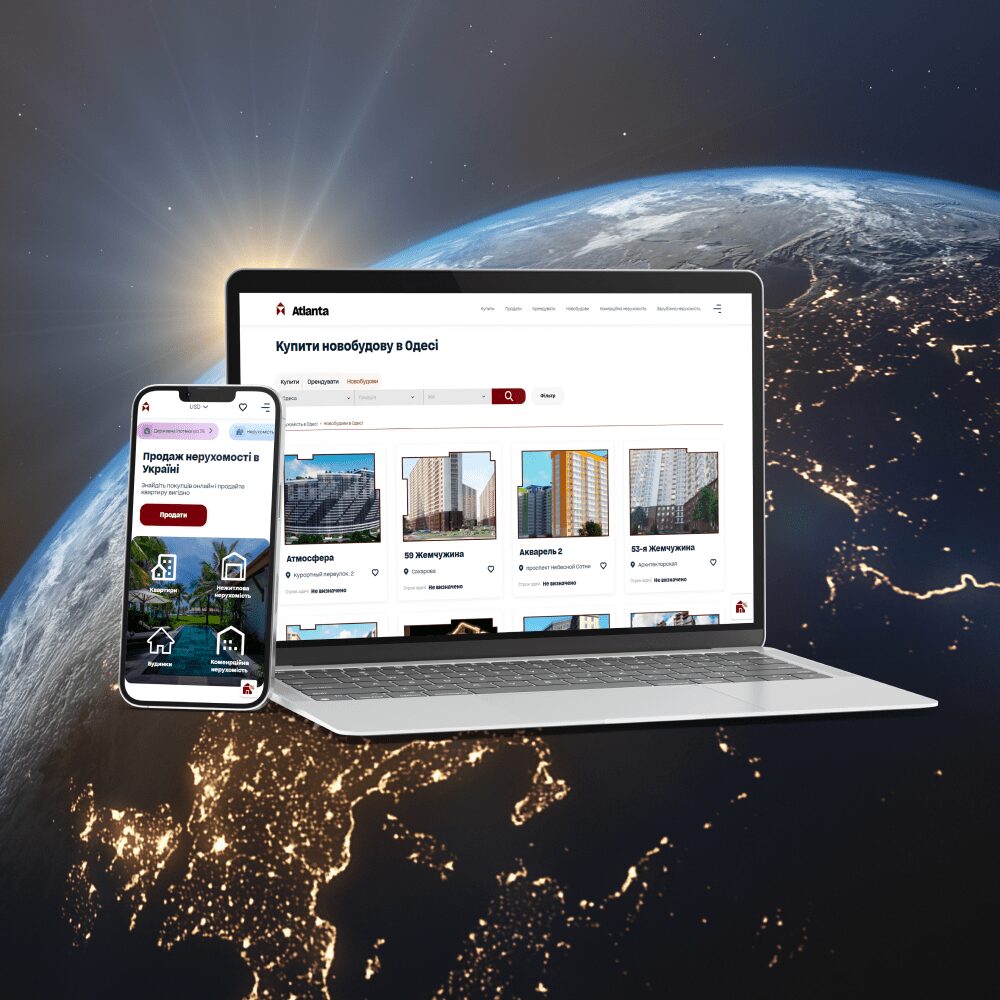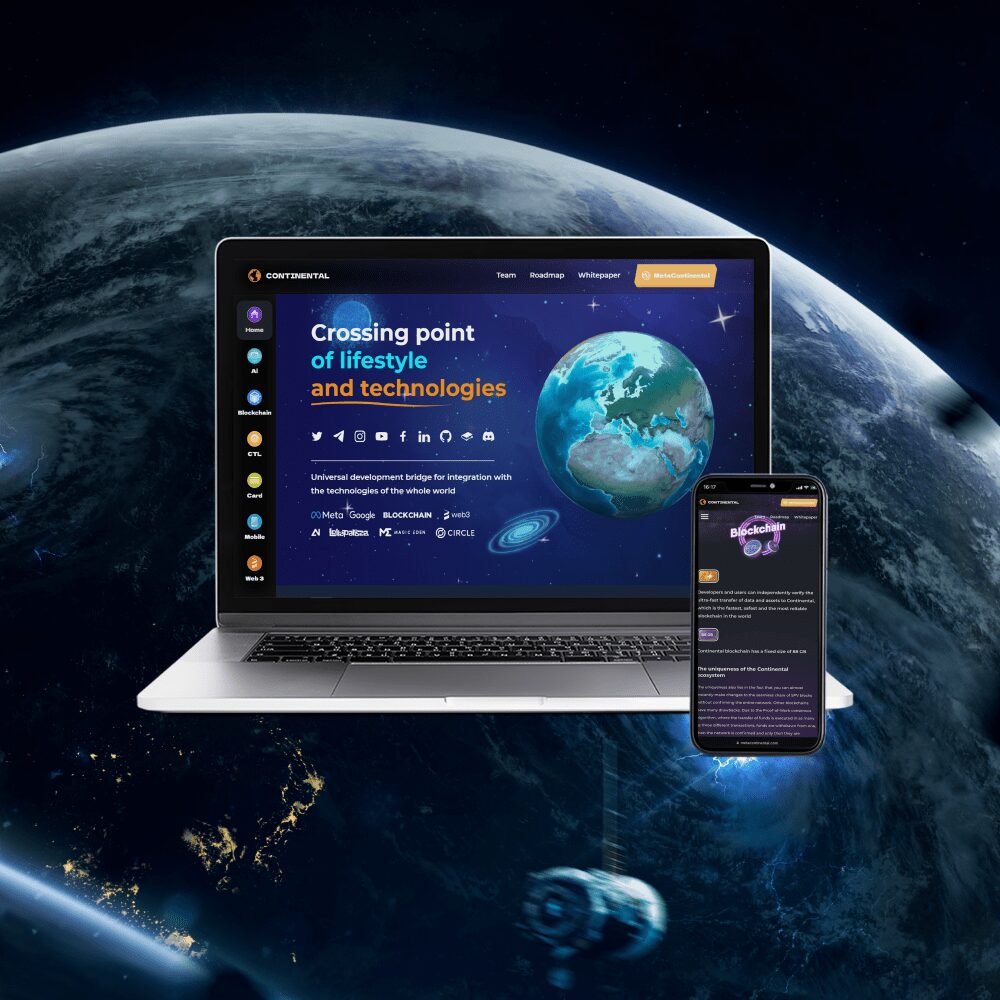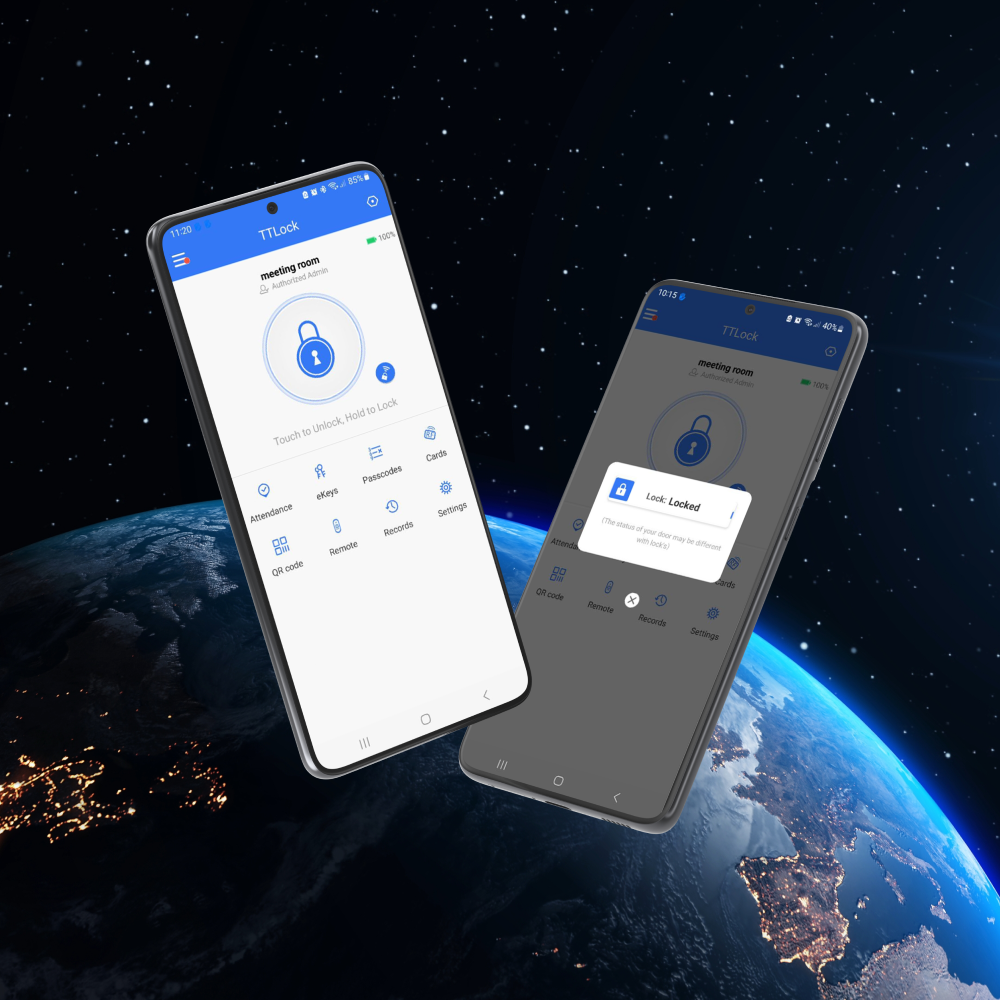Development of automated parking complexes
Development of automated parking complexes
Transport and logisticsDevelopment of automated parking complexes Transport and logistics
In recent years, businesses are experiencing more and more difficulties in locating vehicles in their parking lots. Operators cannot cope with a large influx of cars, drivers park chaotically and use parking spaces irrationally, complicating traffic and creating emergency situations, and constant entries, exits and timeouts additionally load the accounting system, which can lead to financial losses.
To solve most of the problems associated with the placement of cars in parking lots, automated parking systems are used. These are software and hardware systems that are developed for the individual needs of each company and perform a number of important tasks:
- Control. Unauthorized entry into the parking lot is completely eliminated, as the system identifies the vehicle by RFID tag or license plate. Cars not included in the database will simply not be allowed into the territory, which is especially true for restaurants and hotel business.
- Optimization of space use. For each incoming car, the optimal parking space is automatically determined. Consequently, the parking space will be used more efficiently and the risk of accidents will be minimized.
- Cost savings. Thanks to full automation, a business can completely abandon hired personnel manually regulating processes in the parking lot.
- Security. Information about each entering car is automatically recorded and stored in a database, which can prevent illegal activities in the parking area.
- Time tracking and payment. The automated system records the exact time the car was in the parking lot and makes it possible to make contactless payments.
Technologies for the development of automated parking systems
TechnologiesTechnologies for the development of automated parking systems Technologies
Parking automation systems can be implemented as a classic desktop, mobile or web application. Accordingly, depending on the chosen platform, the technological stack will also depend:
- Desktop applications. They are installed on a computer or laptop and work independently of other programs. They can be developed using the Python programming language and the Django/Flask frameworks or the PHP language and the Yii2/Laravel frameworks.
- Mobile applications. They are installed on a smartphone and allow the operator to control the situation in the parking lot, regardless of his location, without being tied to a specific workplace. To develop such solutions, native technologies can be used: for the IOS operating system – the Swift language, and for Android – Java / Kotlin, or cross-platform – the Flutter framework and the Dart programming language.
In the latter case, one application is created that runs on both operating systems at once.
- Web applications. They use a browser interface to work and can be run on different platforms and operating systems. The front-end part of such solutions is created using static HTML, CSS and JavaScript technologies, or reactive ones – Vue.js and React.js. In turn, the backend can be built in PHP and Python, and, accordingly, their Yii2 / Laravel and Django / Flask frameworks, as well as on the Node.js platform.
The technology stack determines the speed of product implementation, its performance and scalability, so its choice is often made by the development team after a thorough study of the problem.

How is the development process
Development stagesHow is the development process Development stages
The parking complex automation system interacts with various external devices, including video cameras and barriers, stores information in a single database and provides a convenient interface for administration. In order for all functions to work smoothly and efficiently, the development of such software is carried out in stages. Let’s consider each stage in a little more detail.
Stage 1. Gathering information
The development of any software solution starts with research. At this stage, specialists need to define clear goals and objectives of the project – for this purpose, they immerse themselves in the company’s business processes, study its existing IT infrastructure, and also conduct online or offline meetings with the client to determine his wishes and preferences.
Stage 2. Technical documentation and design
Based on the information collected, the developers create a prototype of the project, which will become the basis for specialists at all subsequent stages.
This approach allows you to create a holistic and thoughtful parking complex, all elements of which work as a single mechanism.
The prototype includes:
- Application architecture and navigation system.
- Mockups of all unique interface pages, with a description of the functionality placed on them.
- Technology stack.
- Application implementation plan.
- Description of external tools or services that will be integrated, such as a banking interface for contactless payment for parking, a database of hotel visitors, etc.
After the approval of the prototype, technical specifications are created for designers, developers, QA engineers and other specialists who will be involved in the implementation of the project.
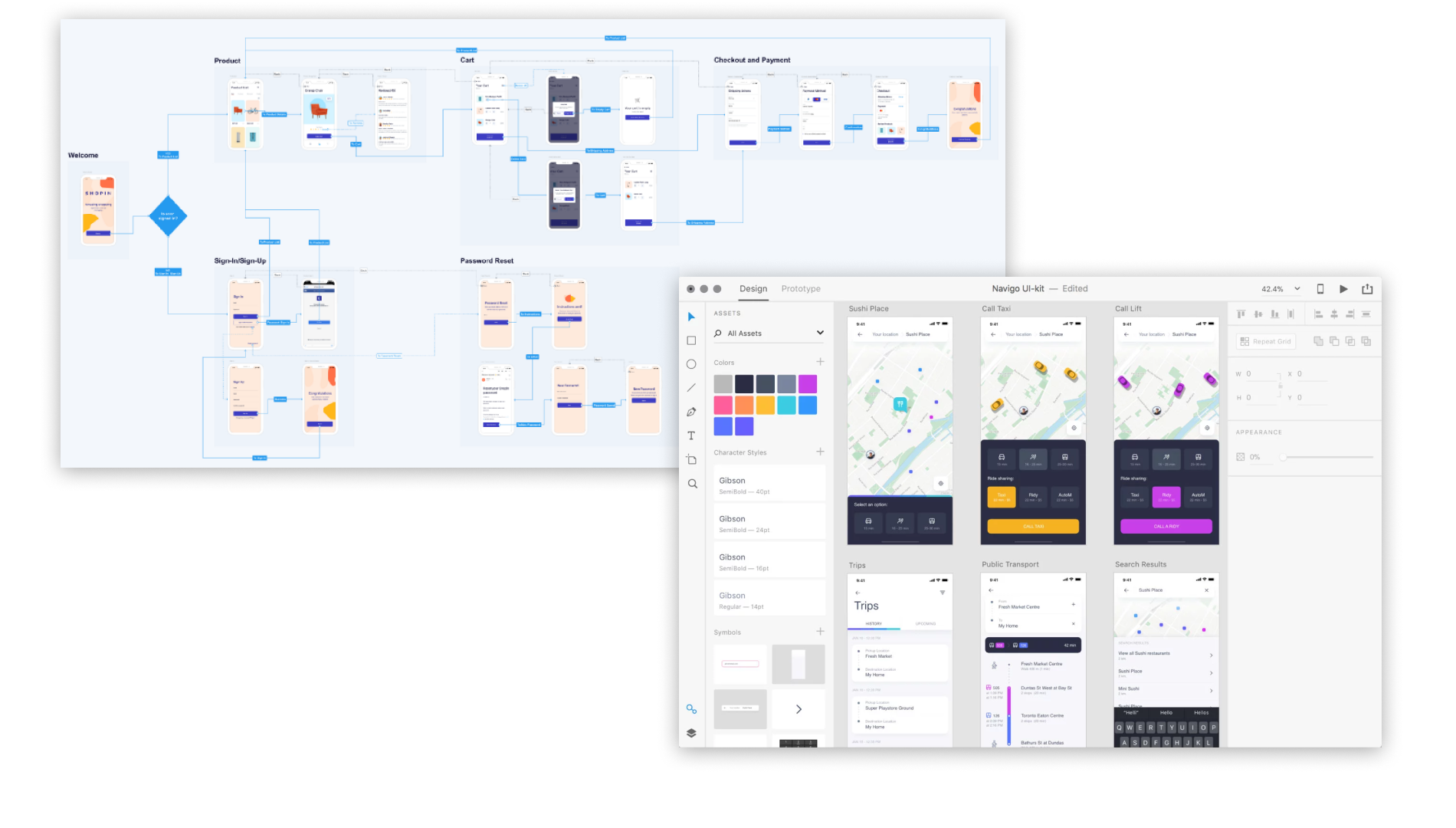
Stage 3. UI design development
User-friendly UI design makes the automated parking system comfortable for operators and reduces the time required for staff to learn new software. When implementing such complex systems, the design is often developed individually, which allows taking into account all the features of the functionality and building an effective model of user interaction.
Stage 4. Programming
The development of the software part of automated parking systems consists of two main stages:
- Frontend development. It involves the creation of a user interface that exactly matches the previously approved design layouts. When using static technologies, the task of the frontend is to receive and send client requests to the server, followed by the output of the processing result.
If reactive technologies are used – for example, Vue.js and React.js frameworks, then the frontend additionally gets the opportunity to partially process data, which reduces the load on the server and improves software performance.
- Backend development. The backend of the automated parking complex is stored on the server and processes all incoming data. For example, when a car enters a parking lot, the information from the cameras is transmitted to the server, where the license plate of the vehicle is identified and stored in a database, after which the driver is asked to pay for parking. Next, the system automatically checks the status of the payment and, if successful, opens the barrier, simultaneously starting recording the time the car spent in the parking lot. In fact, the backend does the same thing as a regular operator, only much faster and more efficiently. At the development stage of this part, specialists program the logic of all functionality, design the database architecture and integrate the system with external hardware and software.

Stage 5. Testing
When the development of the software part is completed, the project moves to the testing stage, where the correctness of its work is checked. If a QA engineer discovers a problem, he makes a report with a detailed description and returns the product for revision to the responsible specialist.
After fixing the bug, regression testing is carried out. It allows you to make sure that the error was actually fixed, and the developer’s actions did not lead to unforeseen consequences.
Stage 6. Technical support and development
After starting to use the parking complex in real conditions, users may encounter errors that were not previously detected. In this case, the developers study the problem and fix it as part of technical support.
In addition, as practice shows, during the first few months, the client may also have a desire to refine or improve existing functionality. To do this, specialists study the wishes of the customer, create new technical specifications, if necessary, refine design layouts, and then translate the changes into reality.
Development of automated parking complexes in AVADA MEDIA
Development of automated parking complexes in AVADA MEDIA
Thanks to automation, you will begin to use the parking area as rationally as possible, and therefore increase its safety and capacity. At the same time, the quality of customer service will also increase, because they will be able to drive to the parking lot almost without delay and they will not have to spend time looking for a free parking space.
AVADA MEDIA has extensive experience in creating software solutions for the transport and logistics industry. We use only a modern stack of technologies in our work, which allows us to turn even the most daring and extraordinary ideas of our clients into reality.
Fresh works
We create space projectsFresh works
The best confirmation of our qualifications and professionalism are the stories of the success of our clients and the differences in their business before and after working with us.
Our clients
What they say about usOur clients What they say about us
Successful projects are created only by the team
Our teamSuccessful projects
are created only by the team Our team





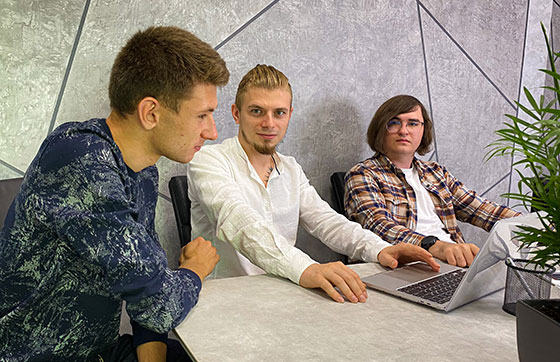






Contact the experts
Have a question?Contact the experts Have a question?
-
Phone:+ 38 (097) 036 29 32
-
E-mail:info@avada-media.com.ua


